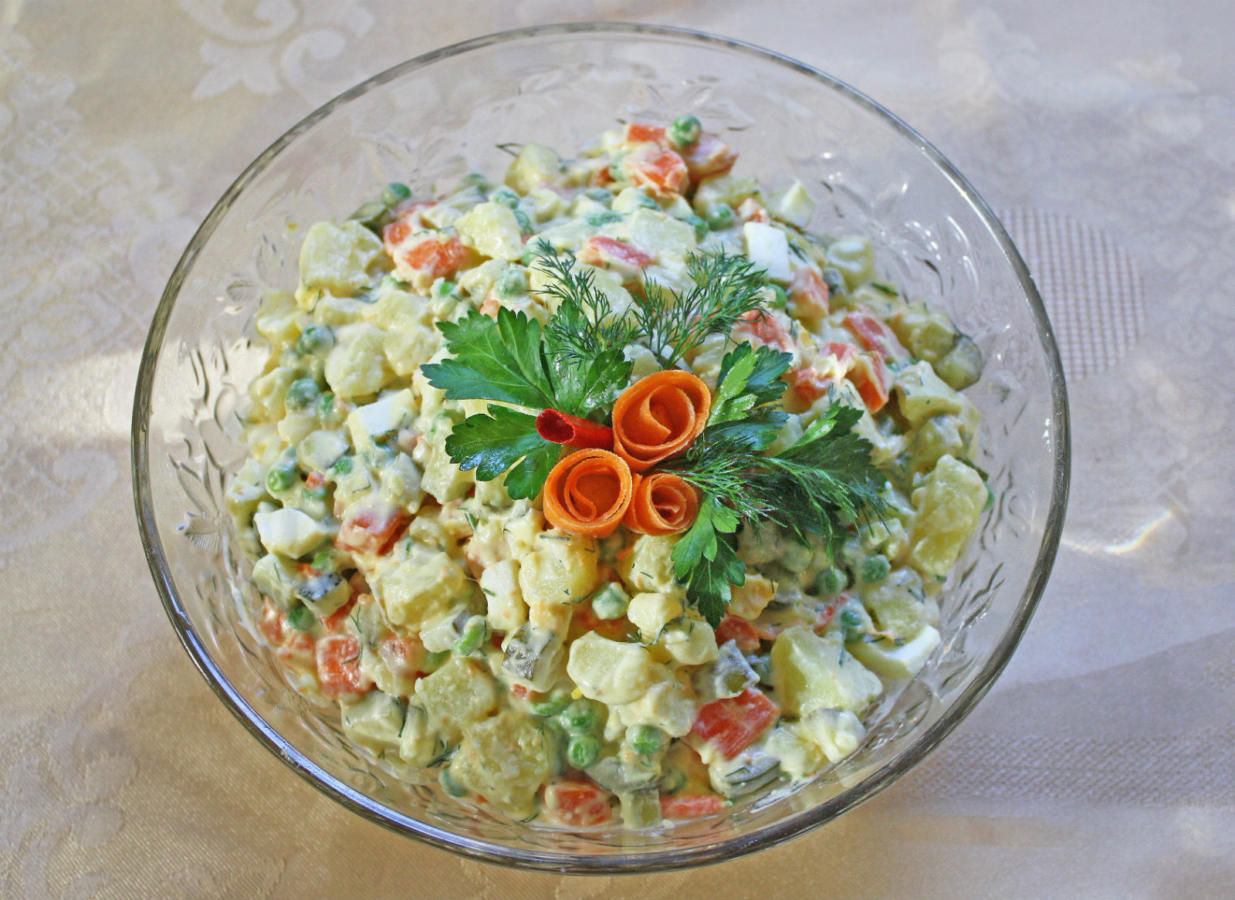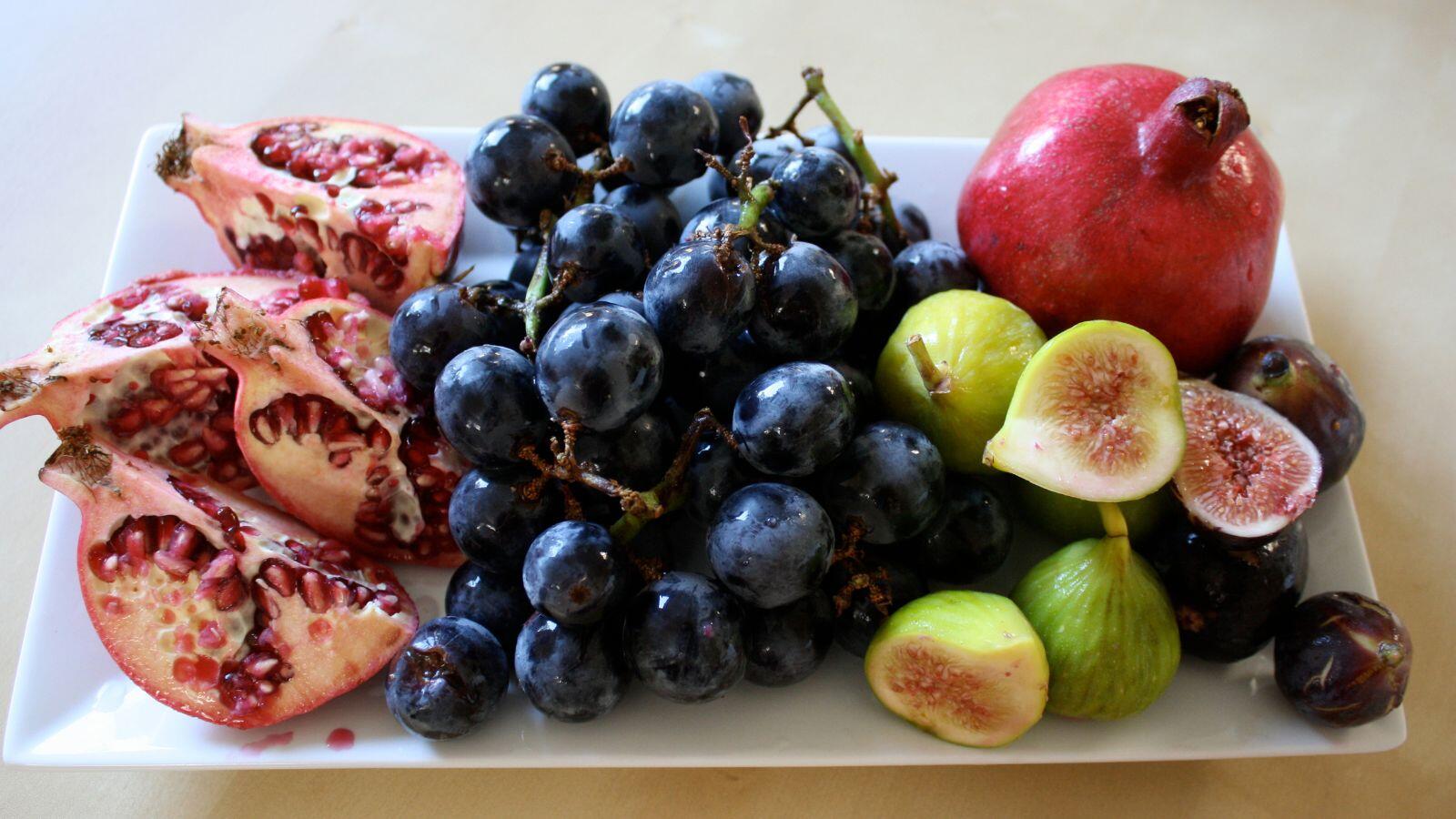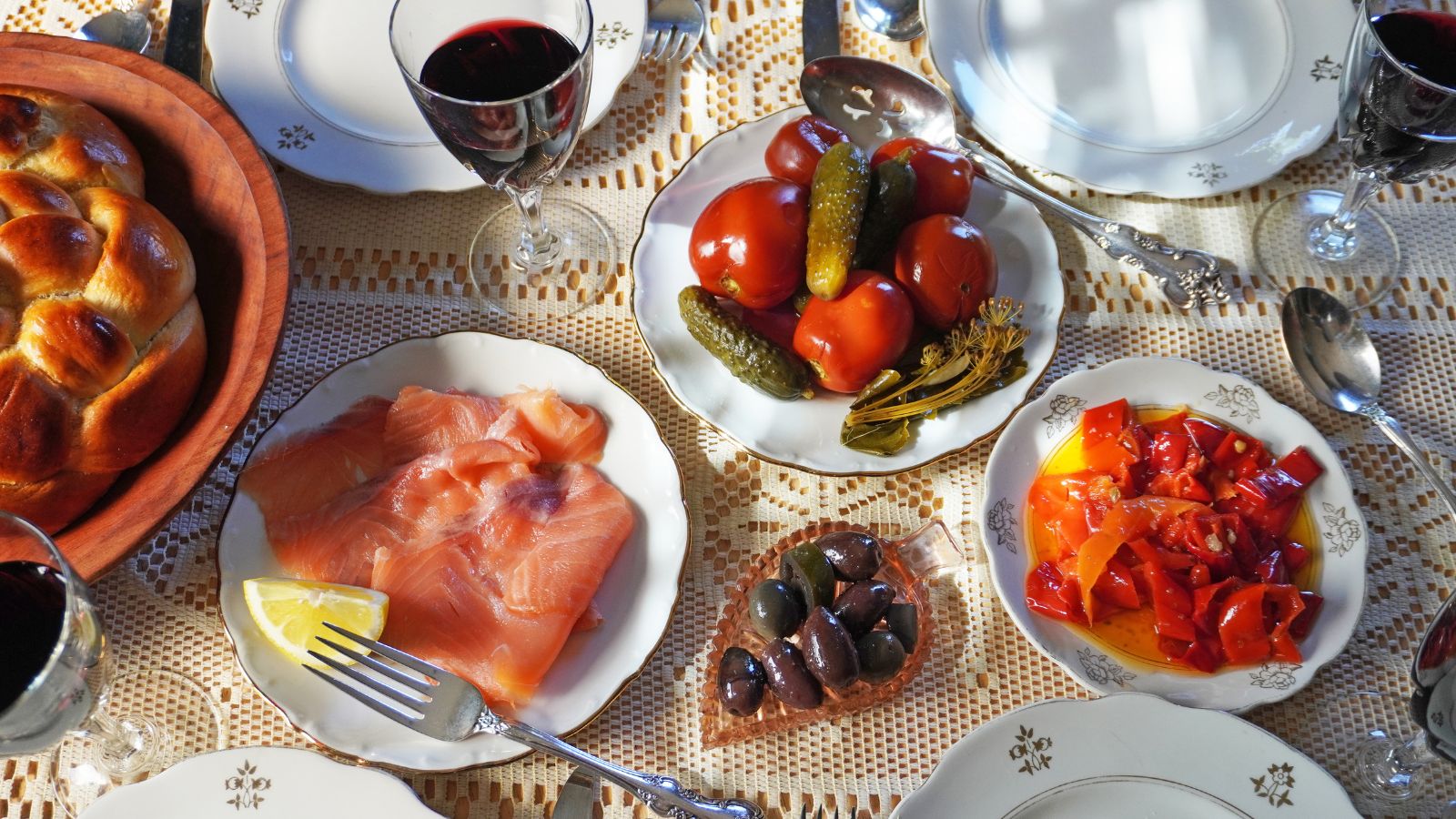Most of my American Jewish friends ate brisket, kugel and babka at their family High Holiday feasts. I often imagined what that would be like, curious about the dishes that were so popular with my friends but were never served in my own home. In my Soviet immigrant family, our holiday meals looked quite different.
Typically, my maternal grandmother, Mira, hosted both Rosh Hashanah and Yom Kippur at her home. These meals always had a very specific four-course order. The conversations were lively, imperfect, raucously joyous — sometimes tears were shed or voices were raised.
My family would often discuss the acute contrast to what life was like in Seattle as compared to Ukraine and the former Soviet Union. I would listen with rapt attention, the first born American in a family of refugees. I heard the stories of having to go to work on Yom Kippur, and pretend like one wasn’t fasting so they wouldn’t be caught observing the holiday. It was illegal to practice Judaism there. My family told me about lighting candles with closed blinds, as any neighbor was a potential threat to them being discovered defiantly observing their faith. The world they came from felt so close and yet, unimaginably far away. Each course brought me closer to my family’s past. The dishes only ever changed slightly year after year; the holiday food was sacred.
Walking into the dining room after temple services, the table would already be filled with zakuski — an assortment of small dishes and appetizers. For our family, that included a spread of smoked and cured fish like pickled herring, smoked mackerel, homemade gravlax or gefilte fish. There would also be salads and spreads cramming the table, like pashtet (chopped liver), eggplant caviar, pickled mushrooms, marinated red peppers and salad Olivier. We would sit down to the colorful array of offerings, and wait for the prayers to be said over the wine and the bread. A golden loaf of challah was then sliced and shared, served alongside thick pieces of dark Russian brown bread.
The Nosher celebrates the traditions and recipes that have brought Jews together for centuries. Donate today to keep The Nosher's stories and recipes accessible to all.

As we ate, my grandmother slowly inched dishes closer to each person’s plate in a not-so-subtle attempt to encourage taking seconds. Each extra helping was interpreted as a clear sign of love and affection; and conversely, any refusal was the ultimate sign of rejection. “Do you not like my cooking? You haven’t eaten anything!” We would laugh and poke fun at her, as we carefully avoided over-filling our plates. Even if one managed to eat a modest portion, it was easy to start feeling full from the abundant first course.
Next came soup served in good china. Silver-rimmed floral print bowls were filled with impossibly clear chicken consommé, sometimes served with perfectly fluffy matzah balls, and other times with bright golden egg noodles. Chicken soup was called bouillon, and no holiday meal was complete without it. While we ate the soup course, tummies would fill, glasses of Manischewitz would pour, and we paused to raise our glasses over and over. We toasted to my grandmother and her cooking, then my father toasted to the beloveds who were not with us at the table but were always with us in spirit. “L’Chaim, l’chaim!” Glasses clinked. Bowls emptied, we’d sit and wait as my grandfather ever so slowly finished his bouillon. He couldn’t bear to eat anything that was hotter than seventy degrees, and carefully blew on each spoonful of broth long after his soup stopped steaming. My grandmother told us about how when my grandfather was in the Russian army during World War II, he never had enough time to finish his meals. He would still be blowing on his soup while the other soldiers had finished their main courses. This made my grandfather laugh. Stories of survival were always infused with self-deprecation and a strong sense of humor.
Finally, the third course would come. By this point I would have landed myself in Baba Mira’s tiny kitchen, asking if I could help her bring anything out to the table. She would lovingly hand me a small platter of fried potatoes or a mix of vegetables, pan-fried with matzah meal, or grechka (buckwheat) cooked with caramelized onions. Then she would bring out a whole duck roasted with prunes or a special chicken dish. Along with the duck, she might also serve a whole piece of baked salmon, loaded with fresh herbs and citrus. By this point in the meal, the bread basket started to empty, and my grandfather would reach for one last piece of brown bread to sop up his plate. Inevitably, I’d fall asleep on the couch as everyone else remained at the table sharing anecdotes and jokes, lingering in each others’ satiated company.

No meal was complete without a cup of hot chai (tea). My grandmother would bring out one of her stunning honey cakes, wishing all of us sweetness in the new year. She’d serve it alongside ripe fall fruit like Italian plums and sweet grapes. If it was a particularly festive gathering, there might also be dark chocolates filled with liqueur to end the meal.
This was the seder, the order, for each of our family gatherings. Here we were, free to eat whatever we wanted, to celebrate our faith openly, to be Jewish and American. A dream was realized, with or without brisket, and always with a hot bowl of chicken soup.



